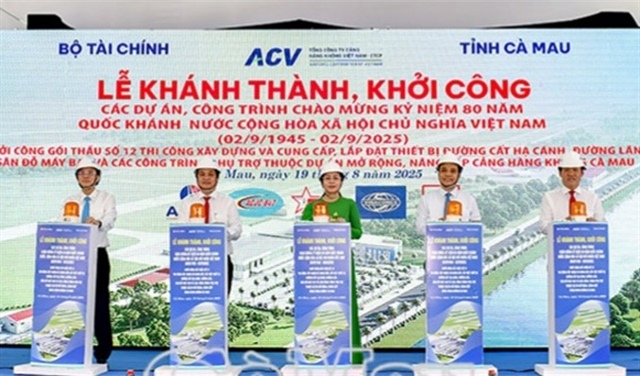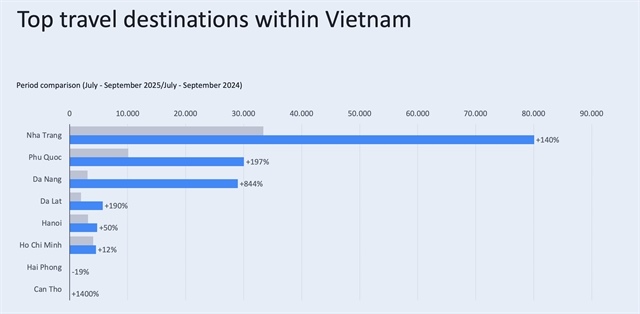M&A makes up majority of foreign capital inflows
M&A makes up majority of foreign capital inflows
Some US$6 billion out of US$7.63 billion in foreign investment capital pledged to HCMC last year came from capital contributions, share acquisitions and purchases of stakes from domestic businesses.

HCMC vice chairman Le Thanh Liem said at a conference in Binh Duong Province on February 14 that the pledged investment capital from foreign investors for HCMC last year picked up by 15.59% against the previous year. Of these, there were 1,060 new projects, with total registered capital of US$811.68 million, and 244 projects with additional capital of over US$835 million.
Last year also saw 3,283 cases in which foreign investors received approval to contribute capital, buy shares and contribute capital to domestic firms, with registered capital totalling US$5.99 billion.
With these results, HCMC received around 60% of foreign capital.
According to Liem, the 2014 investment law has provided a favorable legal corridor for foreign investors to proceed with mergers and acquisitions (M&As).
There have been continuous increases in the number and value of these investments, with only US$1.5 billion received in 2016, US$3.68 billion in 2017 and almost US$6 billion last year.
Liem noted that registered capital through M&As in HCMC had so far reached US$10 billion, 22% of the total foreign capital the city has attracted since 1988.
Also, in HCMC private investments are overwhelming foreign investments. Liem pointed out that the amounts of private capital and foreign direct investment (FDI) capital were almost the same, 29% and 29.5% in 2000, but 68.1% and 15.6% in 2015.
Regarding absolute values, private investments in the city have risen 33-fold, from VND7.4 trillion to VND250 trillion, whereas FDI capital has soared by 7.45 times, from VND7.6 trillion to VND56 trillion.
As shared by Liem, in the past, FDI businesses tended to dominate major property projects, which required heavy investment and advanced construction technology, but local businesses are now able to compete and even buy some projects owned by FDI firms.
On a national scale, Liem said that many economic groups have grown rapidly, dominated the markets and competed with FDI firms in areas where Vietnam is often weaker such as telecoms, automobile manufacturing and electronics manufacturing.
This, according to Liem, has confirmed the position and role of domestic firms in the new age.
However, Liem raised the issue of whether FDI attraction policies are no longer able to maintain their effectiveness as they once did.
He also highlighted the need to build a separate policy to attract special partners. “We have attracted many large investors to Vietnam, but what we have not been able to do is get multinational companies to base their headquarters or research and development wings in Vietnam.”
This is partly due to the fact that Vietnam’s investment environment is not ripe enough to be appealing and the country has yet to impose drastic measures to attract special partners, Liem added.
Last month, the Ministry of Planning and Investment coordinated with the Government Office; relevant ministries and agencies; and the governments of Haiphong, Bac Ninh and Hanoi to organize meetings on foreign investment attraction. These meetings, chaired by Deputy Prime Minister Vuong Dinh Hue, were intended to gather the opinions and proposals of local governments on foreign investment policies.
The meeting in Binh Duong on February 14 was attended by more than 650 representatives of the Central Economic Commission, ministries and agencies, governments of southern localities and authorities of economic zones, industrial parks, associations and investment organizations.





















